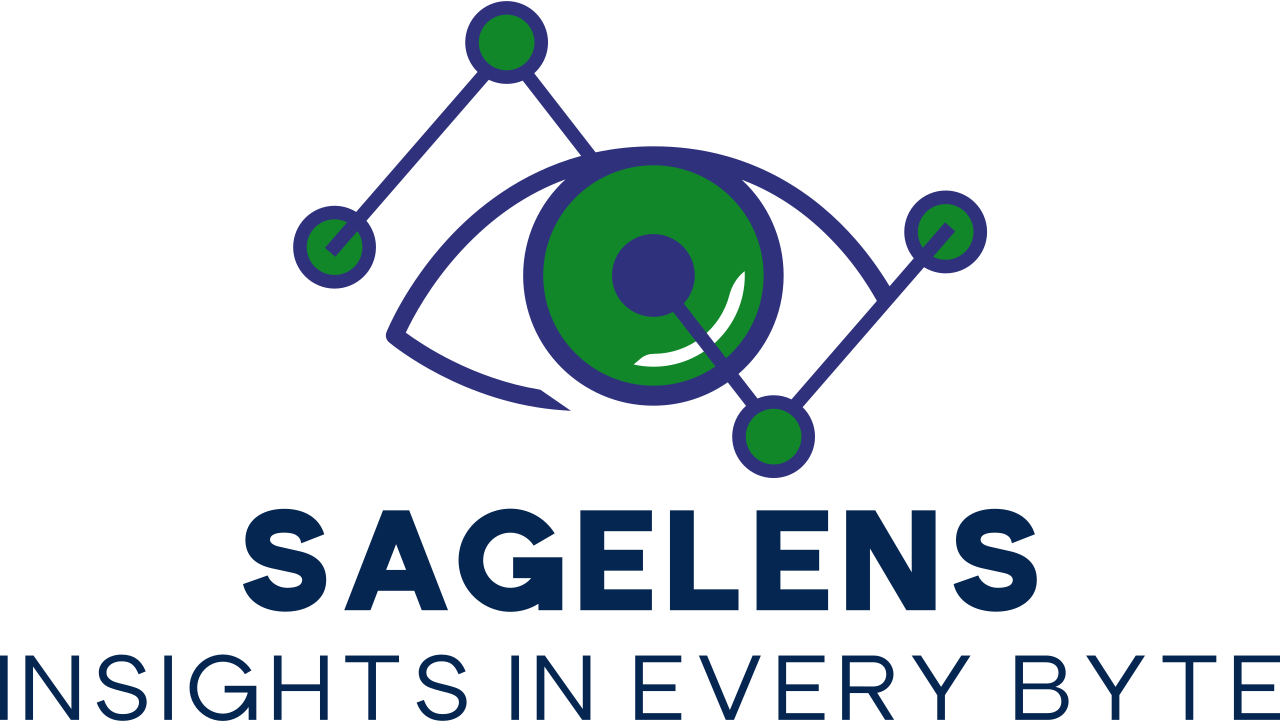Lean procurement has become a strategic imperative for organizations of all sizes. Originally popularized by manufacturers like Toyota, lean principles aim to reduce waste, streamline processes, and foster collaborative, value-added partnerships with suppliers. Below are five real-world examples of how major companies—Dell, Starbucks, Boeing, Toyota, and Unilever—have successfully implemented lean procurement to boost efficiency, lower costs, and strengthen their competitive edge.
1. Dell: Build-to-Order Meets Lean Sourcing
Background
Dell revolutionized the personal computer market in the 1990s with its build-to-order model. Customers could configure computers online, and Dell would assemble and ship them directly. This approach required a highly efficient procurement and manufacturing setup—one that embraced lean principles to minimize inventory and respond quickly to fluctuations in demand.
Challenges
- Rapid Technological Change: PC components could become obsolete within months, increasing the cost of excess inventory.
- Complex Supplier Network: Parts ranging from processors to packaging needed to arrive on time with minimal stockpiling.
- Customer Customization: Build-to-order meant unpredictable production schedules, demanding flexible procurement processes.
Lean Procurement Initiatives
- Vendor-Managed Inventory (VMI)
Key suppliers kept close tabs on Dell’s production data and replenished components just as they were needed, reducing Dell’s carrying costs. - Real-Time Collaboration
Suppliers had direct access to Dell’s demand forecasts, ensuring they could quickly respond to sales spikes or slowdowns. - Waste Elimination
Through continuous improvement, Dell eliminated extra steps, redundant materials, and outdated processes in its source-to-delivery chain.
Results
- Lower Inventory Costs: Dell consistently boasted some of the lowest inventory days among PC manufacturers.
- High Agility: The company could rapidly pivot to new processors or memory modules as consumer preferences evolved.
- Stronger Supplier Relationships: Joint improvement sessions and transparent data-sharing fostered mutual trust and long-term partnerships.
2. Starbucks: Lean Sourcing Across the Café Ecosystem
Background
Starbucks operates thousands of stores worldwide, sourcing everything from coffee beans and dairy products to store furnishings and paper cups. Ensuring consistent quality and availability was crucial, especially as Starbucks expanded rapidly in the 2000s.
Challenges
- Frequent Stockouts: Rapid store growth outpaced the existing supply chain, leading to occasional shortages of key items.
- Commodity Volatility: Coffee beans and dairy prices fluctuated due to weather, geopolitics, and market conditions.
- Disparate Purchasing Processes: Each store or region often handled procurement independently, creating inefficiencies and inconsistent supplier relationships.
Lean Procurement Initiatives
- Cross-Functional Improvement Teams: Starbucks integrated store operations, finance, and procurement in regular meetings to pinpoint inefficiencies and propose streamlined solutions.
- Demand Forecasting Tools: Advanced analytics helped predict store-level requirements for coffee beans, milk, cups, etc., reducing waste and preventing stockouts.
- Strategic Supplier Partnerships: By collaborating with farmers, co-ops, and packaging vendors, Starbucks negotiated stable contracts and fostered innovation in sourcing practices.
Results
- Cost Reduction: In certain categories, inbound logistics costs dropped by 5–10% through better forecasting and volume consolidation.
- Enhanced Store Efficiency: Fewer shortages freed baristas to focus on customer experience, boosting overall service quality.
- Resilient Supply Chain: Direct engagement with suppliers in coffee-growing regions reduced the impact of commodity price swings.
3. Boeing: Lean Transformation of a Complex Aerospace Supply Chain
Background
Boeing operates one of the most intricate supply chains in the world. Building aircraft like the 737, 777, and 787 involves thousands of parts, subassemblies, and specialized components from across the globe. With high stakes for both safety and cost, Boeing turned to lean procurement to streamline operations.
Challenges
- Multiple Supplier Tiers: The supply chain spanned multiple continents, with countless subcontractors feeding into tier-one suppliers.
- Cost Overruns and Delays: The 787 Dreamliner program famously faced production setbacks and budget issues.
- Heavy Inventory: Concerns over part availability pushed Boeing to maintain large stockpiles, tying up capital and space.
Lean Procurement Initiatives
- Value Stream Mapping (VSM): Boeing meticulously mapped out its procure-to-manufacture flow, identifying where approvals overlapped, production schedules misaligned, and communication bottlenecks occurred.
- Supplier Consolidation: Rather than juggling relationships with numerous small vendors, Boeing focused on a more strategic supplier network, setting clearer performance metrics.
- Collaborative Planning Sessions: Boeing engaged suppliers in regular meetings to align production timelines, engineering updates, and capacity forecasts.
Results
- Material Cost Savings: Some components saw procurement spending drop by 15%, thanks to volume discounts and streamlined negotiations.
- Reduced Lead Times: Closer coordination lowered the risk of last-minute design changes, expediting the overall manufacturing cycle.
- Continuous Improvement Culture: Boeing established a model of ongoing supplier evaluations and joint problem-solving, driving year-over-year efficiency gains.
4. Toyota: The Pioneer of Lean Procurement with Just-in-Time
Background
Toyota’s influence on lean practices is unparalleled. The Toyota Production System (TPS) includes Just-in-Time (JIT) and Kanban principles that align manufacturing timelines closely with supply chain logistics—transforming how the company manages procurement.
Challenges
- Inventory Burden: Prior to TPS, Toyota, like many automakers, kept large parts inventories to buffer against demand changes.
- Complex Assembly: Automobiles require thousands of components, each needing to arrive at the right station in the correct sequence.
- Global Expansion: As Toyota grew globally, ensuring consistent procurement standards and supplier quality became more challenging.
Lean Procurement Initiatives
- Kanban-Based Replenishment: Workstations signaled parts usage, triggering new orders only when needed. This minimized holding costs and kept assembly lines flexible.
- Co-Location with Suppliers: Toyota encouraged key suppliers to set up facilities near its plants, facilitating faster delivery and closer collaboration.
- Continuous Improvement (Kaizen): Toyota and its suppliers worked together to refine processes, reduce defects, and eliminate wasteful steps.
Results
- Inventory Reduction: TPS and JIT helped cut total inventory by 20–30%, freeing capital and floor space.
- Shorter Production Cycles: The company’s vehicles progressed down the assembly line with minimal stoppages for missing components.
- Mutual Trust with Suppliers: Toyota and its vendors established a culture of transparency, co-engineering, and shared risk.
5. Unilever: Centralized Procurement for Global Consumer Goods
Background
Unilever manages a vast portfolio of brands in personal care, food, and household products. Historically, each region or country managed its own supplier relationships, leading to inconsistent pricing and no unified view of spend.
Challenges
- Decentralized Procurement: Multiple ERP systems and local buyer teams led to duplication of efforts and missed volume discounts.
- Data Silos: Divergent processes and limited reporting tools hindered visibility across the supply chain.
- Sustainability Demands: With brand promises tied to sustainability, Unilever needed a more standardized way to ensure ethical and eco-friendly sourcing.
Lean Procurement Initiatives
- Global Category Management: Unilever appointed global category leads (e.g., packaging, chemicals) who negotiated master contracts for the entire organization, leveraging enterprise-wide volumes.
- Unified Source-to-Pay (S2P) Platform: Automating purchase orders, invoice processing, and contract management drastically cut administrative overhead.
- Supplier Sustainability Metrics: The company integrated lean principles with a sustainability lens—ensuring that efficiency gains did not come at the expense of social or environmental responsibilities.
Results
- Double-Digit Cost Savings: Bulk purchasing and standard contracts for packaging, chemicals, and raw materials delivered a double-digit percentage reduction in procurement costs.
- Streamlined Workflows: A cohesive S2P approach removed redundant approvals and manual processes, accelerating order cycles.
- Stronger Brand Equity: By weaving sustainability into lean strategies, Unilever aligned procurement with broader corporate values, resonating with consumers and stakeholders alike.
Key Takeaways from These Lean Procurement Leaders
- Supplier Collaboration is Non-Negotiable: In all five cases, from Dell to Boeing, deeper integration with suppliers—through data-sharing, co-location, or strategic contracts—unlocked significant cost and efficiency gains.
- Data Visibility Drives Strategic Decisions: Starbucks and Unilever underscored the power of a unified view of procurement spend. Centralized systems and real-time data analytics enabled fact-based decision-making, revealing hidden savings opportunities.
- Culture Matters: Lean procurement isn’t just about processes or technology. Dell’s vendor-managed inventory success and Toyota’s kaizen mindset show that organizational culture, guided by continuous improvement, is a linchpin of sustainable lean success.
- Adaptability is Key: All these companies faced fast-paced change—be it in consumer demand, commodity prices, or design requirements. Lean procurement methods helped them remain agile without incurring bloated inventories or sky-high costs.
- Long-Term Relationships Over Short-Term Wins: Across sectors, thriving supplier relationships are built on transparency, mutual benefits, and regular communication. Lean procurement often shifts the focus from adversarial cost-cutting to collaborative problem-solving.
Conclusion
These five case studies—Dell, Starbucks, Boeing, Toyota, and Unilever—illustrate how lean procurement can radically transform supply chains, reduce waste, and yield significant ROI. While each organization tailored lean principles to its unique challenges, the common thread is clear: lean procurement isn’t simply a cost-reduction exercise; it’s a holistic approach that unites culture, technology, and strategic partnerships to create a resilient, value-driven supply chain.
If you’re exploring how to implement lean procurement within your organization, draw inspiration from these industry leaders. Start with a clear strategy, identify quick wins, foster a culture of continuous improvement, and nurture genuine supplier collaborations. By doing so, you’ll position your procurement function not just as a cost center—but as a dynamic, strategic asset that fuels competitive advantage.


